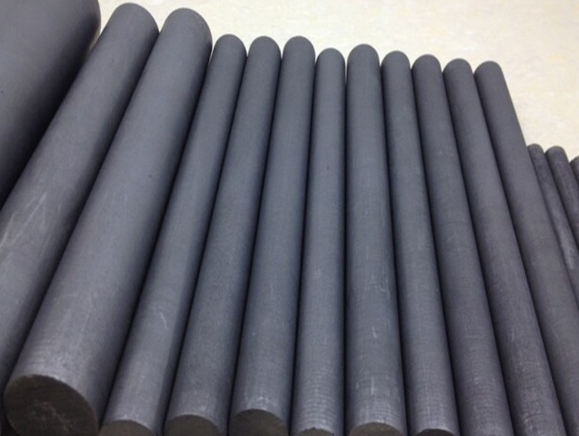
Electricity, which powers transportation and manufacturing as well as other aspects of society today, is a crucial component of our industrial age. Anthracite with high electrical conductivity will be in demand as the world's dependence on electricity continues to grow.
The anthracite coal is heat-treated to produce a graphite-like material with lower sulfur and a higher density. It is also very low in sulfur and ash, which makes anthracite a good choice for many applications. A number of factors are driving the growth in demand for anthracite.
Anthracite has the ability to absorb large amount of water vapor and retain its form without losing any strength. It is therefore a great choice to use in furnaces that are gas-fired. In addition, it has high thermal and electrical conductivity, meaning that it can be used as a substitute for traditional carbon.
In the past, gas-fired retort or rotary furnaces have been used to calcine anthracite to temperatures as high as 20000C. The electro-calcination method, which is a recent development in technology, allows anthracites to be calcined. This method is more energy efficient, and allows for greater control in the distribution of heat. The electro-calcination process uses direct current instead of alternating power, which reduces energy consumption.

Steel industry products and carbon-based products are the main markets for calcined alumina. The former holds the largest share in the market. Due to its high electrical conductivity and thermal conductivity along with a low sulfur and ash content, calcined iron is an excellent alternative for traditional anthracite. This makes it a great alternative to traditional anthracite in the manufacture of refractory material. It's also widely used as an electrode paste for aluminum, cathode blocks and cold ramming.
ECA, or Electric Calciner Ash (ECA), is made by heating anthracite at a temperature of over 2000degC in a DC Electric calciner to produce a semi-graphitized devolatized product that has a significantly higher Carbon Content and Thermal & Electrical conductivity than conventional anthracite. It contains low levels of moisture, volatiles and sulphur. Also it is characterized by a relatively high powder resistance (600 uOm/g).
Also, it is commonly used as a lining for the bottom of the electrolytic aluminum cell during aluminium smelting or casting in order to create cathode block, anode brick and carbon electrode. This paste can be blended with refractory brick to produce anode prebakes, Soderberg and other tamping products. It can also be blended with GCA coal for cost optimization. The filler can be used in the production of electrode and ramming pastes. The consistency and purity of this additive make it a good smelting addition.

Write a Message